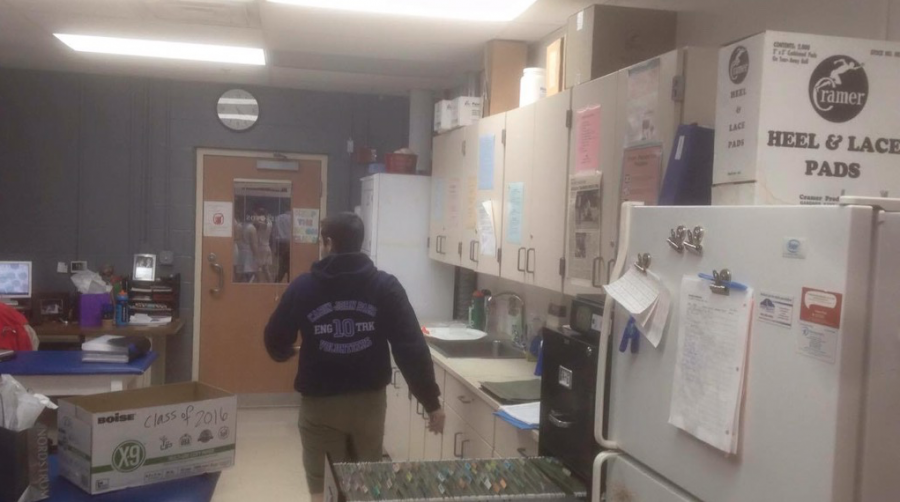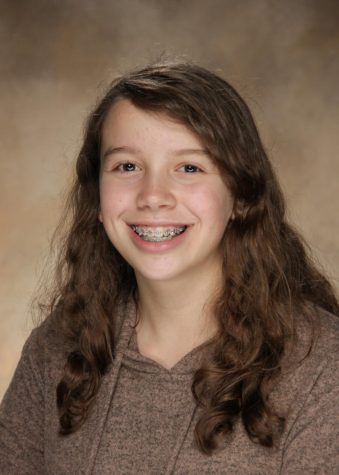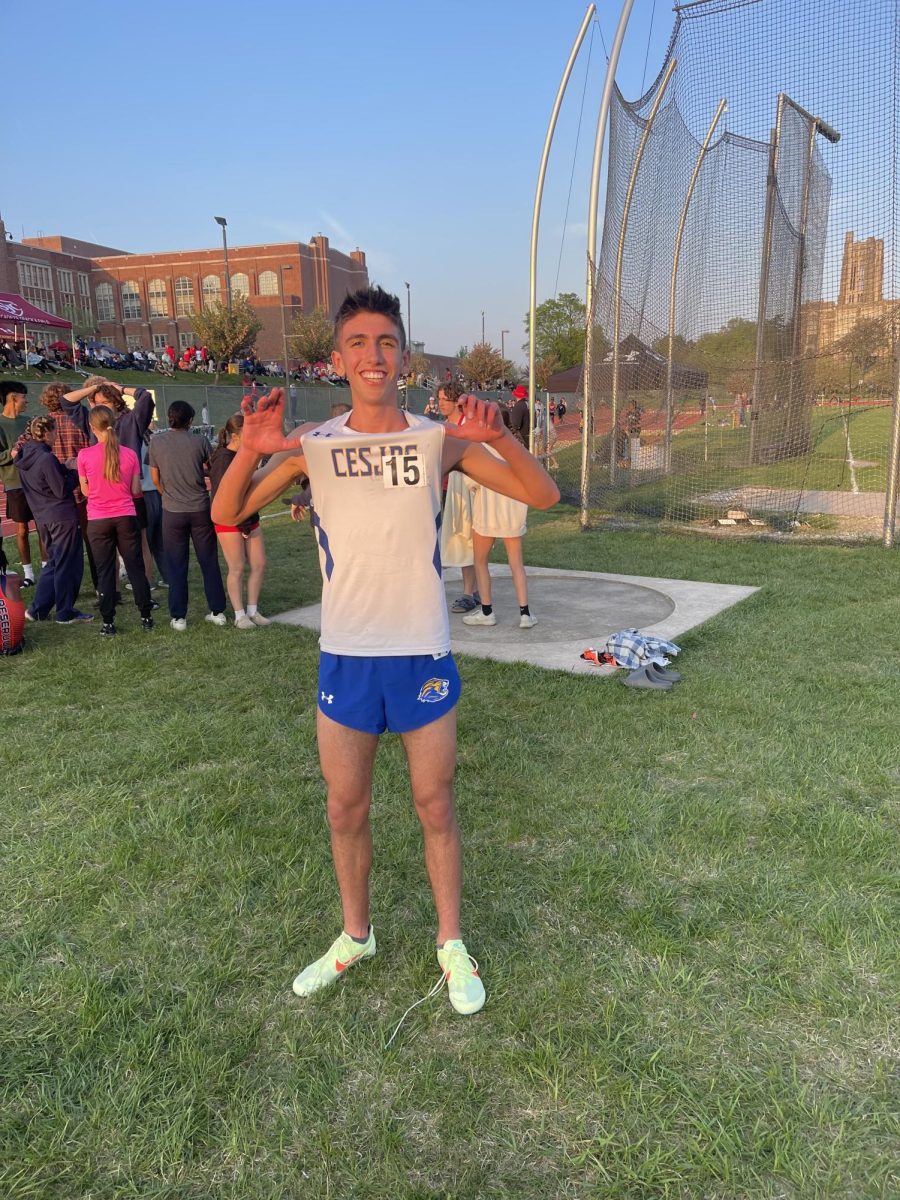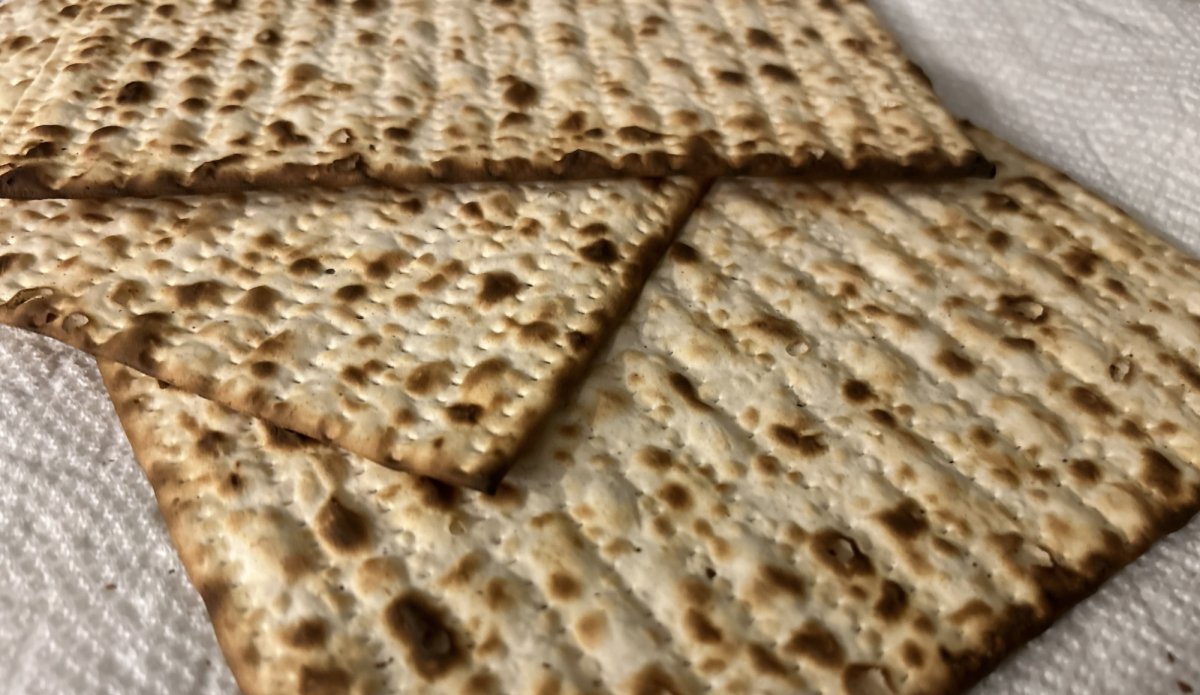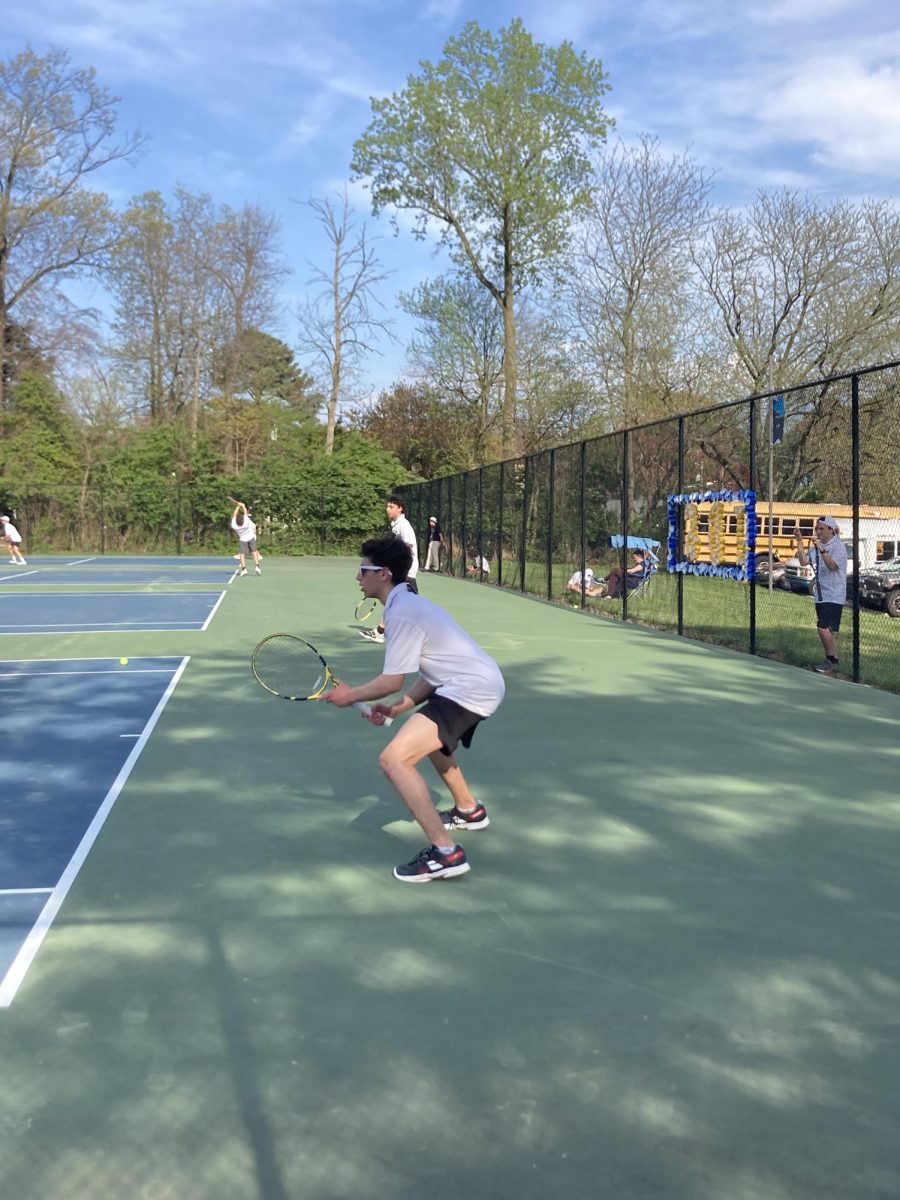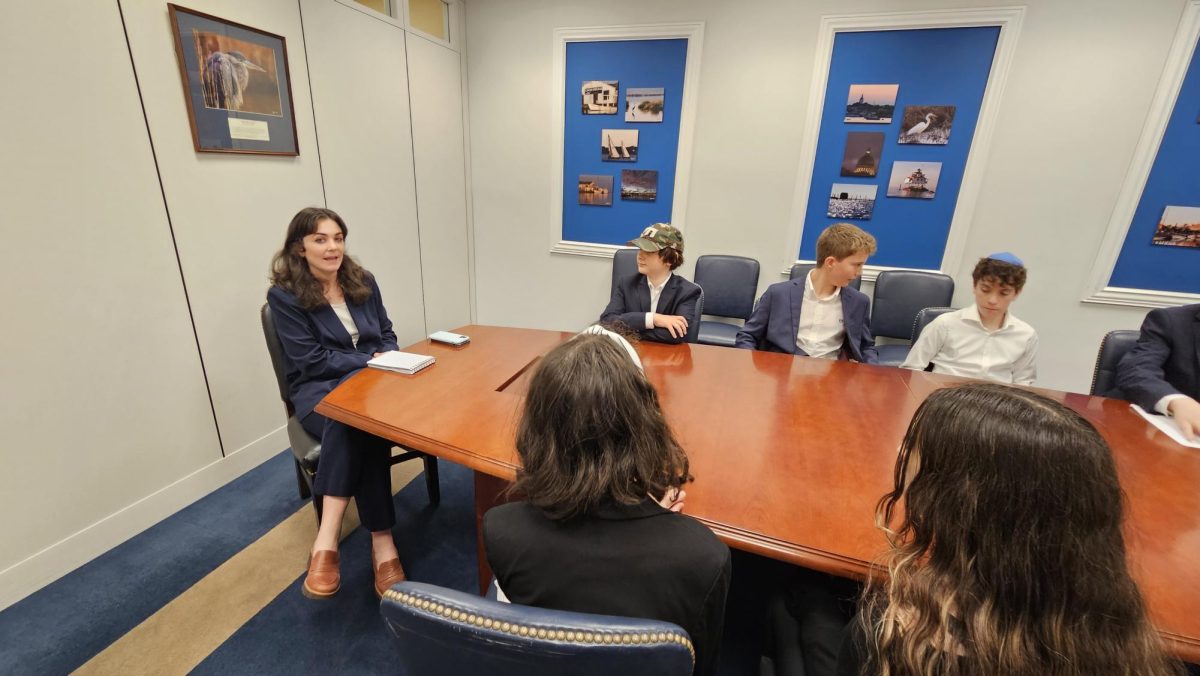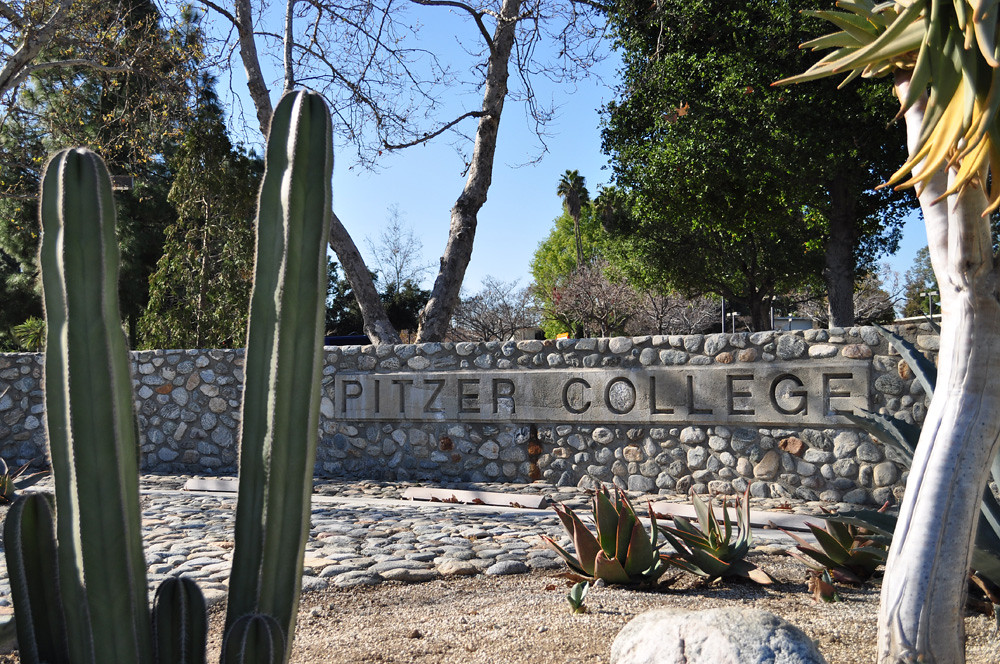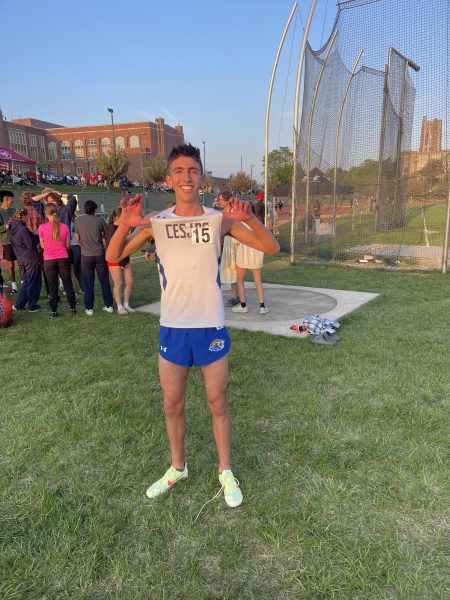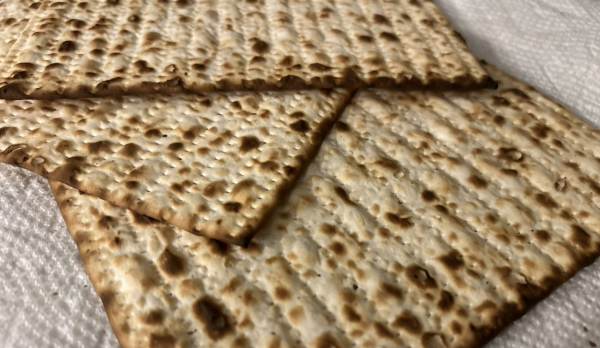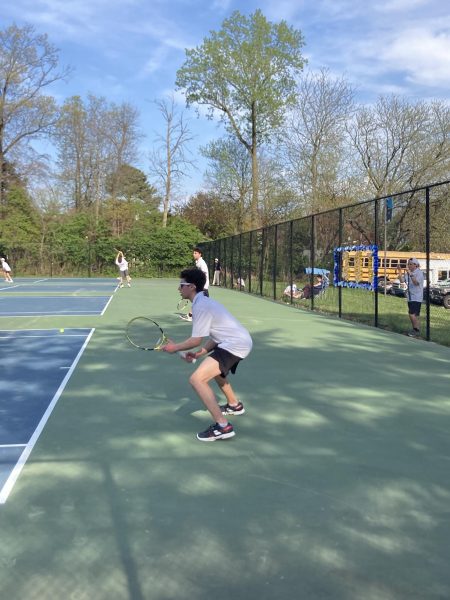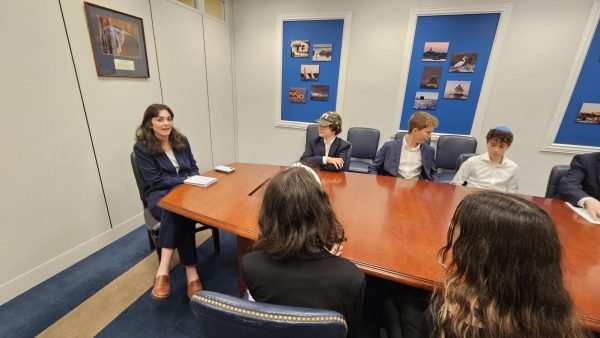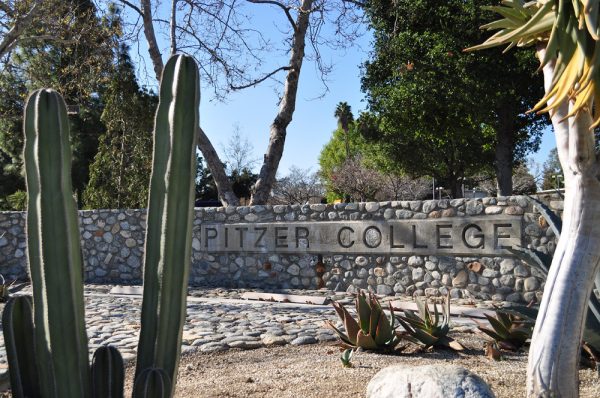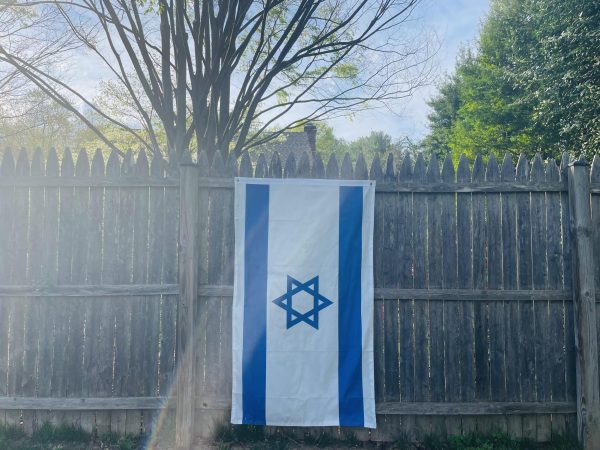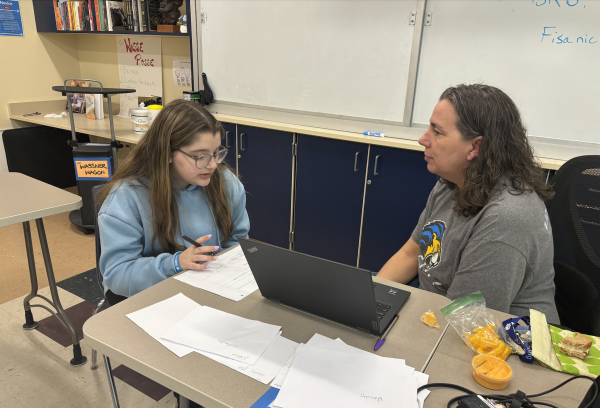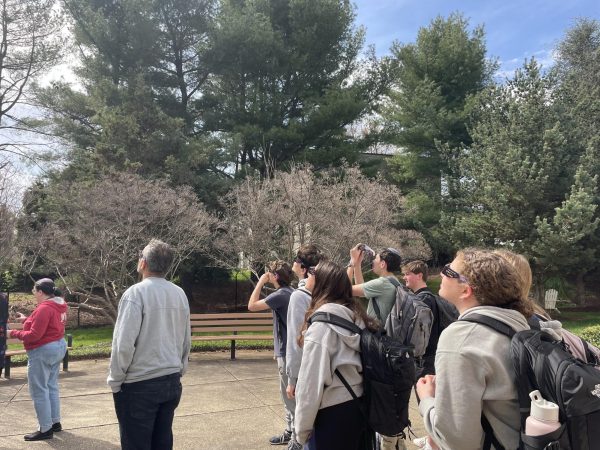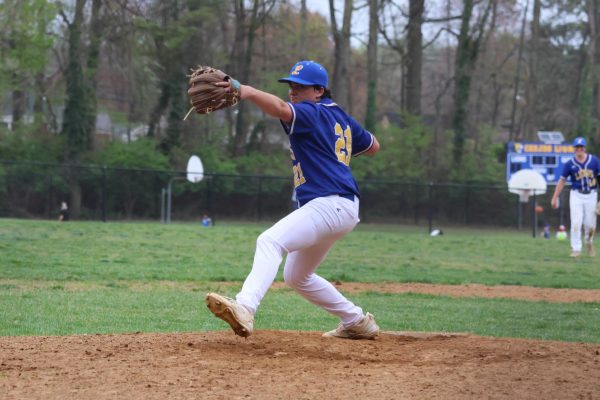When athletes go down, they jump up
Students learn medical skills in Sports Medicine class
Junior Nathan Rodney works in the athletic training room. Rodney took Sports Medicine and now volunteers as an emergency medical technician.
February 19, 2016
Whether to gain understanding and knowledge on the subject, or in preparation for the future, many students find that taking Sports Medicine is a helpful and enriching experience.
Students, especially student-athletes, find that Sports Medicine is a course that is relevant to their lives, both for the present and the future. By taking the semester-long course students have the opportunity to learn about their anatomy and how to take care of their bodies, Jessica Matula, Certified Athletic Trainer and Health and Exercise Science teacher said in an email.
“[Students] can help friends and family with ailments they may have and know when to refer to a specialist when the care is beyond their scope of training,” Matula said.
Matula teaches many specific topics in the course, including everything from sports-related injuries to the rules and regulations that every athletic trainer must follow. The course also teaches students how to perform CPR, a procedure which is necessary when someone stops breathing or when their heart stops.
Freshman Rayna Armon is currently taking Sports Medicine I, and plans on taking Sports Medicine II later in high school. She believes that although the course is challenging, it is worthwhile because the topic is very relevant to her as an athlete.
“I wanted to know more about injuries and how to fix or prevent them, and to keep my options open if I wanted to become an athletic trainer,” Armon said.
According to Matula, class sizes usually range from 12 to 18 students, however, she prefers a smaller class for “learning purposes.” The small class size allows students to experience time in the training room where they get to practice taping, treating wounds and using a first-aid kit.
Some students, like Armon, take the course solely for the knowledge, while others hope to have a future in medicine.
Freshman Maor Masica is interested in pursuing a medical career and wants to volunteer as an emergency medical technician next year.
From a young age, Masica has been interested in volunteering as a firefighter because of a close family friend who is a firefighter. Masica wants to follow in her friend’s footsteps, and she thinks that the Sports Medicine course is a valuable “first step.”
Whether a student is considering taking the course to be an athletic trainer, prepare for a medical career or just for fun, Armon believes that the class is worth taking.
“It’s definitely a hard class … and I think that as long as you enjoy the topic and you want to learn, it’s a very good class to take,” Armon said.


